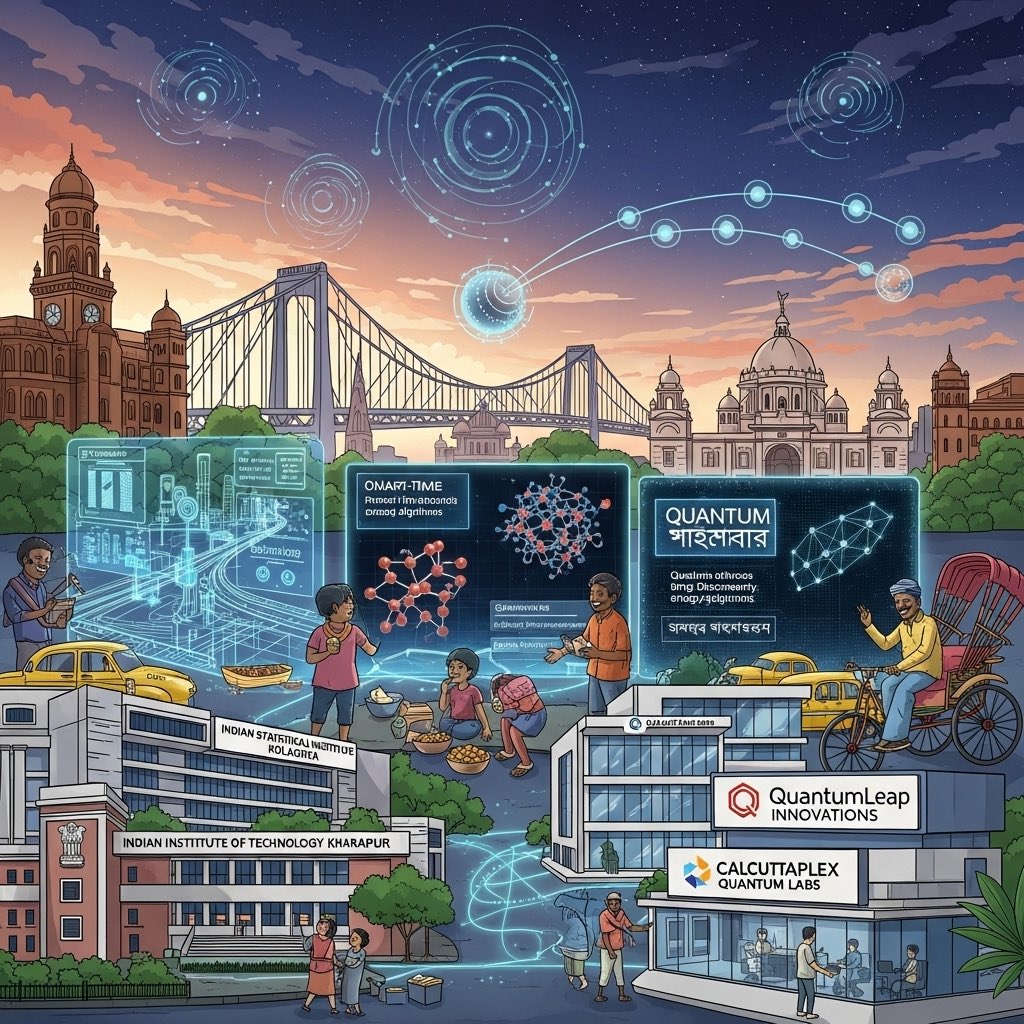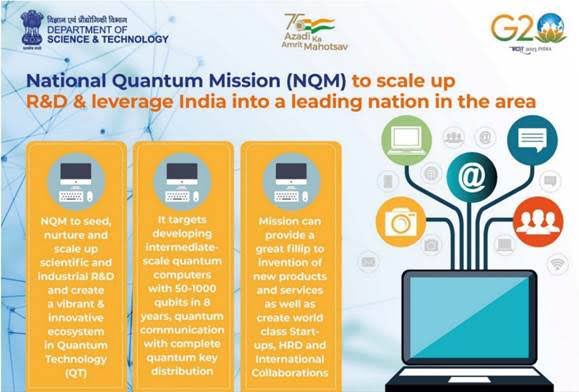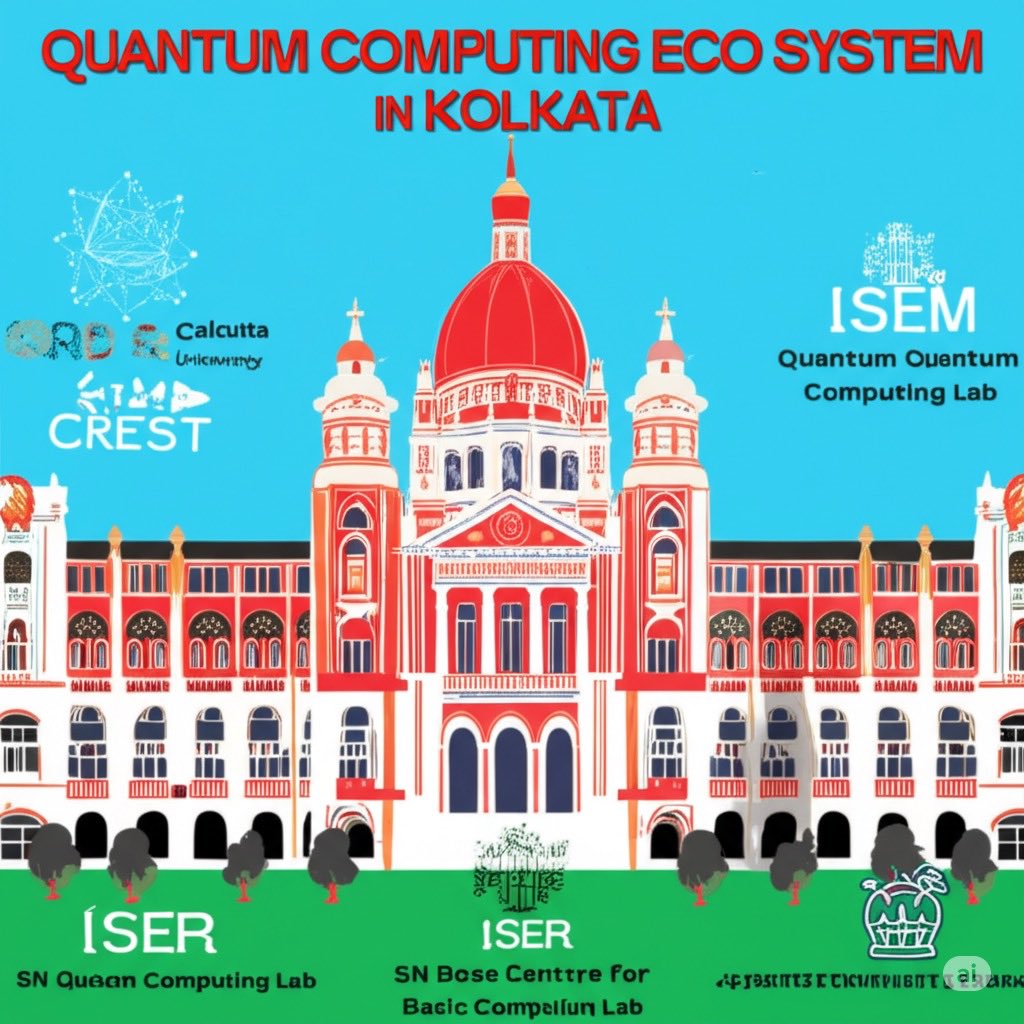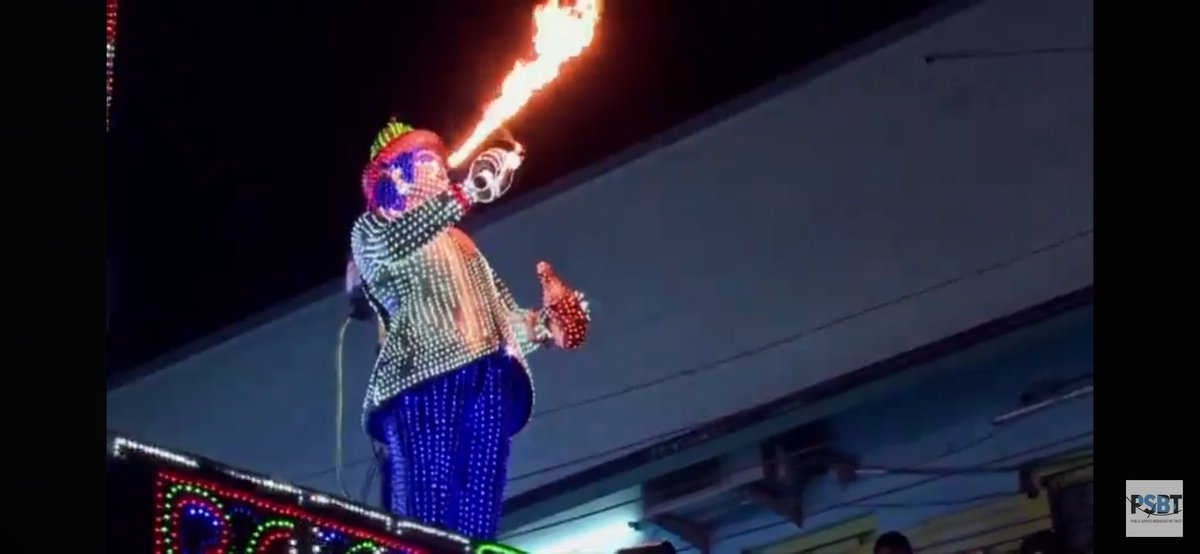.
After the end of WW II, the British govt convened a series of trials against former officers of the Indian National Army (INA), who had fought alongside the Japanese forces in the pursuit of national liberation. The trials began on 5 Nov 1945 inside Delhi’s Red Fort.
After the end of WW II, the British govt convened a series of trials against former officers of the Indian National Army (INA), who had fought alongside the Japanese forces in the pursuit of national liberation. The trials began on 5 Nov 1945 inside Delhi’s Red Fort.

The British opted to try Major General Shah Nawaz, Lieutenant Colonel P.K. Sahgal and Lieutenant Colonel G.S. Dhillon – respectively, a Muslim, a Sikh and a Hindu.
In their determination to demonstrate their even-handedness by selecting from each religions.
In their determination to demonstrate their even-handedness by selecting from each religions.
🇬🇧 authorities unwittingly united 🇮🇳society in sympathy for the INA - It hoped that the show of 🇬🇧resolve represented by the INA trials would cow down the restive population & result in widespread vilification of the INA “traitors.”
It also stirred memories of previous armed resistance to British rule, the bloody 1857 Indian Mutiny. Known as the “Red Fort Trials,”
INA was defended by veteran Congressman Bhulabhai Desai, who was Chief Defence Counsel (CDC), Tej Bahadur Sapru, Jawaharlal Nehru, and Dr KN Katju to a military tribunal comprising of senior British army officers. 

The british plan back fired ,the trials and associated publicity not only helped ensure that the INA’s anti-British, pro-independence activities became widely known, they also resulted in the INA receiving extensive popular support from the Indian population. 

This historical event was dramatised by Director Tigmanshu Dhulia movie "Raag Desh"
But the story doesn't ends here,on February 18, 1946, some 1,100 Indian sailors of the HMIS Talwar and the Royal Indian Navy (RIN) Signal School in Bombay declared a hunger strike, triggered by the conditions and treatment of Indians in the Navy 

The protesting sailors also demanded the release of all political prisoners including those from Netaji Subhas Chandra Bose’s Indian National Army (INA). 

While liberating different countries from the throes of fascism, serving 🇮🇳personnel also witnessed many countries fight for their Independence from their colonial rulers. 

The likes of BC Dutt, one of the main protagonists of the mutiny, asked themselves questions like ‘What did I fight for’ and ‘Whose war did I fight.’ 

Within a few days, the rebels had managed to take control of 74 other RIN ships stationed in Bombay, Karachi and other parts of the world. All these ‘liberated ships’ had replaced the British ensign with the three flags of the Congress, Muslim League and Communist Party. 

Soon ordinary people joined the ratings,& life came to a virtual standstill in both Bombay & Calcutta. There were meetings, processions, strikes, and hartals. In Bombay, labourers participated in a general strike called by the CPI & Bombay Students’ Union. 

The INA was held in great esteem, a force that inspired patriotism greater than that by the 🇮🇳 serving in the army under the 🇬🇧.3 INA officers,Col Shah Nawaz, Col Prem Sahgal & Col Gurbaksh Dhillon, were sentenced to life but were commuted in the face of mounting unrest 

Mahatma Gandhi himself admitted, albeit grudgingly: ‘The hypnotism of the INA has cast its spell upon us. Netaji’s name is one to conjure with. His patriotism is second to none…’ though he opposed the strike in keeping with his commitment to a non-violent struggle. 

The decision to surrender by Naval mutineers on 23 February came from the 'Naval Central Strike Committee' after being persuaded by Congress leaders led by Sardar patel who had to face angry outburst from mutineers. 

It was widely believed that the British authorities had assured Patel that if he persuaded the ratings to surrender unconditionally, he could assure them that there would be no victimisation.Though Mahatma Gandhi & Sardar patel had less sympathetic feelings towards rebel sailors 

The mutinies were put down—but not before they had planted a seed of mistrust in the British about the one weapon they had used to conquer the entire Indian sub-continent—the Indian Armed forces. 



" There can thus be little doubt that the Indian National Army, not in its unhappy career on the battlefield, but in its thunderous disintegration, hastened the end of British rule in India,’ wrote Hugh Toye,a former 🇬🇧intelligence officer in his book The Springing Tiger, 1959 

As the loyalty of Indian armed forces was in question British decided to make a hastened exit
We owe our freedom to the brave Men & Women of INA led by Netaji Subhas chandra bose who undeterred fought against the mighty empire to get us the freedom.
We owe our freedom to the brave Men & Women of INA led by Netaji Subhas chandra bose who undeterred fought against the mighty empire to get us the freedom.

• • •
Missing some Tweet in this thread? You can try to
force a refresh































